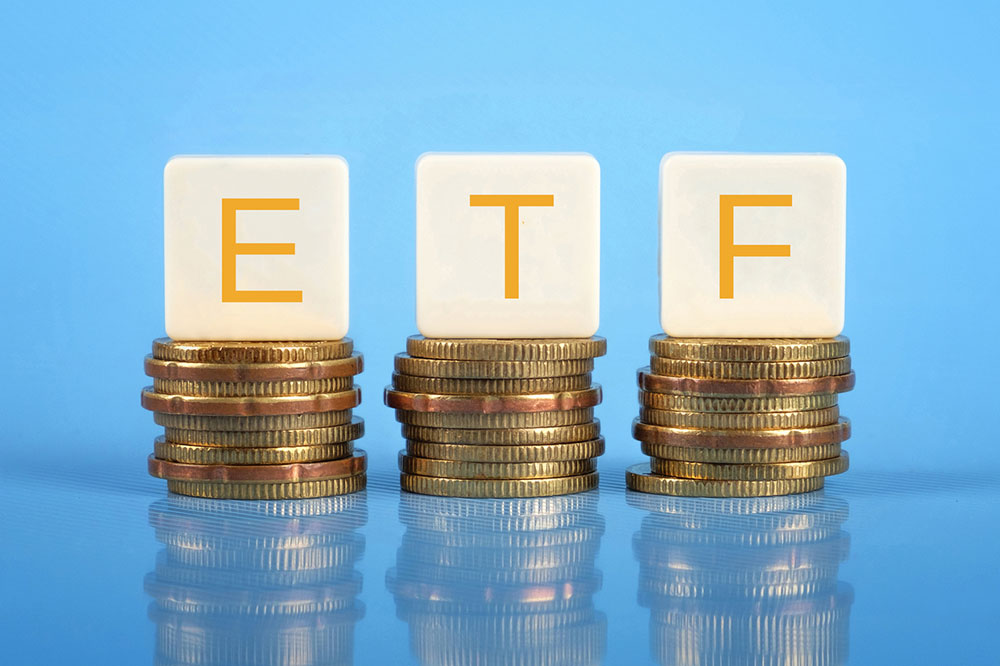A Complete Guide to Monthly Dividend-Paying ETFs
A dividend exchange-traded fund (ETF) is a tool that allows investors to put their money into a basket of dividend-paying stocks, adding to their monthly income. Since these ETFs track a specific index, they can be managed passively; that is, the fund manager does not need to make major trades daily. These characteristics make them a great option for investors looking for a low-risk investment option with a decent payback rate.

How to invest in monthly dividend ETFs?
It is important to maintain balance in any investment portfolio. Dividend funds pose less risk as they involve larger companies that can afford to pay regularly, as opposed to smaller companies looking for major gains in the market. But not all monthly dividend-paying ETFs are built alike. Before investing in one, there are some things to know.
Financial goals
One of the most important things to consider when investing is determining one’s financial goals. This helps steer investment decisions to help one achieve what one wants. For instance, young people with some financial support are way more likely to take bigger risks than someone who is just about to retire.
Variety of dividend funds
There are a lot of dividend funds out there to choose from. However, instead of picking an option randomly, one must pay attention to factors such as dividend history, dividend yield, fund performance, expense ratio, top holdings, and assets under management to make a well-informed decision. Here’s how to compare –
- Fees – Consider the fund’s expense ratio, that is, the fees involved. Some ETFs have very low fees and may be better for maximizing returns.
- Yield – Next, consider the expected return on investment, known as the yield. While there are no guaranteed returns, this will give one a good idea of what to expect.
- Returns – This yield is determined by how the fund has performed over the last few years. Consider year-on-year growth and returns before investing in an ETF.
- Portfolio makeup – Check all the holdings in the fund and ensure that they feature companies across different industries. Being restricted to one or two industries can limit one’s earning potential.
Diversification
Next, the focus should remain on having a diversified portfolio. If one already has low-risk investments, it may not be a good idea to put money in a dividend ETF. On the other hand, if one has a flurry of high-risk investments, a monthly dividend ETF may help stabilize their portfolio and ensure a set monthly income.
Taking stock
It is important not to keep putting money in without taking stock of the other investments. Individuals must periodically check their finances to ensure that their investing decisions continue to align with their current and future financial goals. While a monthly dividend ETF may be a passive investment, one must ensure it does no t become a hands-off investment.
Investing in Monthly Dividend ETFs
To invest in dividend ETFs, one can go via a brokerage service online or in person. Some of the best monthly dividend ETFs that have maintained their popularity with high dividend yields are –
- Vanguard International High-Dividend Yield ETF (VYMI) – This ETF has an expense ratio of 0.22% and a dividend yield of 4.94%. Its portfolio consists of about 1300 stocks, making it a great option for investors looking for a diversified portfolio. Since its inception in February 2016, the fund has offered an average annual return of 8.02%, making it a great choice for investors. The assets under management in VYM are around $52.7 billion.
- Invesco S&P 500 High-Dividend Low-Volatility ETF (SPHD) – With an expense ratio of 0.30% and a dividend yield of 4.34%, this is another popular investment choice. It is built from stocks included in the S&P 500 index with large- and mid-cap stocks, majorly from the utilities stocks, communications, and consumer staples industries.
- Invesco High Yield Equity Dividend Achievers ETF (PEY) – PEY owns the 50 dividend stocks in the country with the highest yields, allowing it to offer investors a monthly yield of 5.03% at an expense ratio of just 0.52%. It is rebalanced quarterly to ensure continual, sustained payments. Over the last few years, this ETF has shown low volatility, making it a bankable investment option for low-risk investors.
- Vanguard Dividend Appreciation ETF (VIG) – Investors looking for an ETF with the lowest expense ratio must consider the VIG (0.06% only). Focused on dividend growth, this ETF chooses companies that consistently offer increasing returns. The total assets under management are around $75.6 billion, and the fund has a dividend yield of 1.8%.
- Schwab U.S. Dividend Equity ETF (SCHD) – This fund tracks the performance of the Dow Jones U.S. Dividend 100 Index, offering its investors a dividend yield of 3.5% at an expense ratio of 0.06%. It features companies from many industries, and its assets under management are around $54.2 billion.




